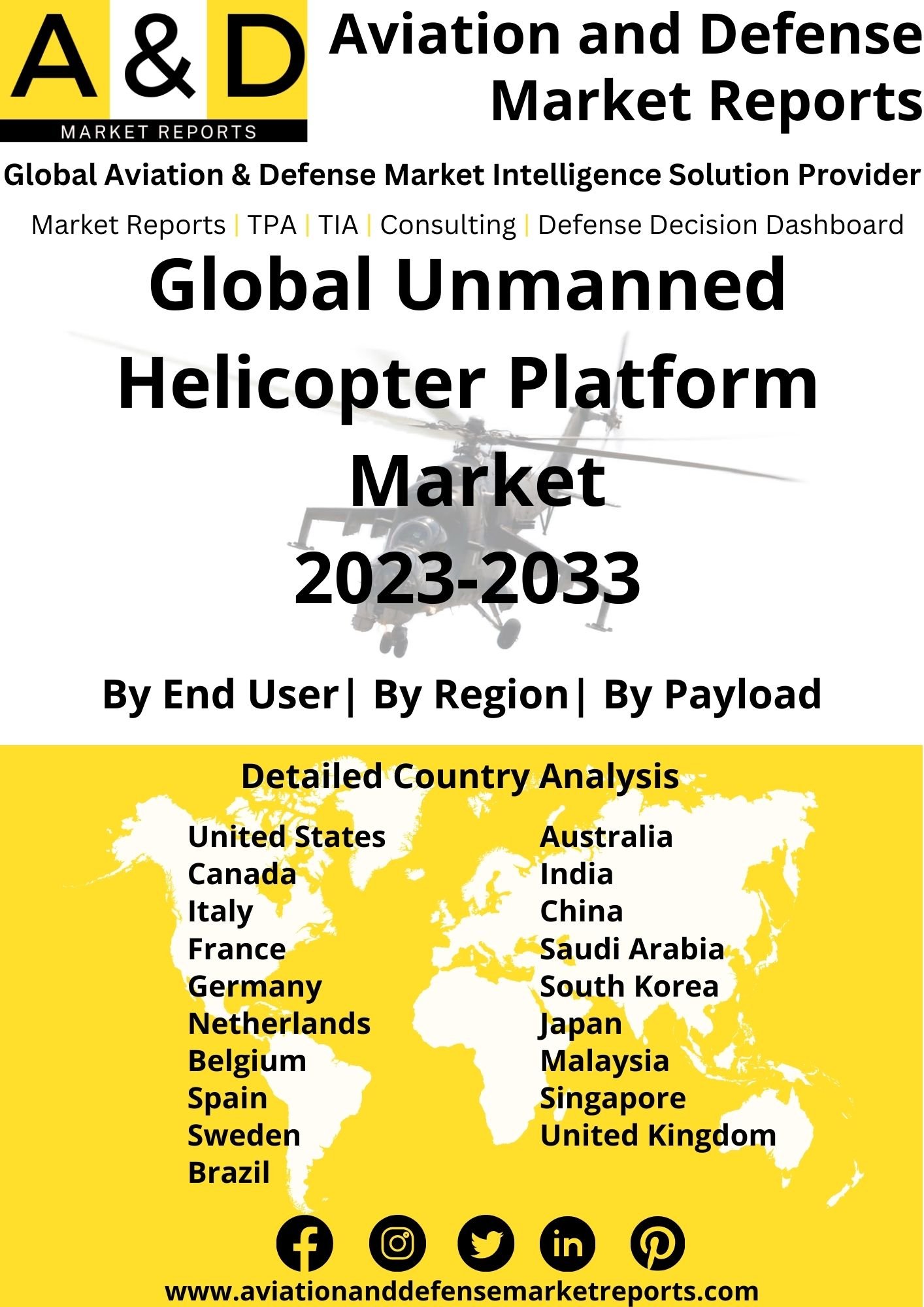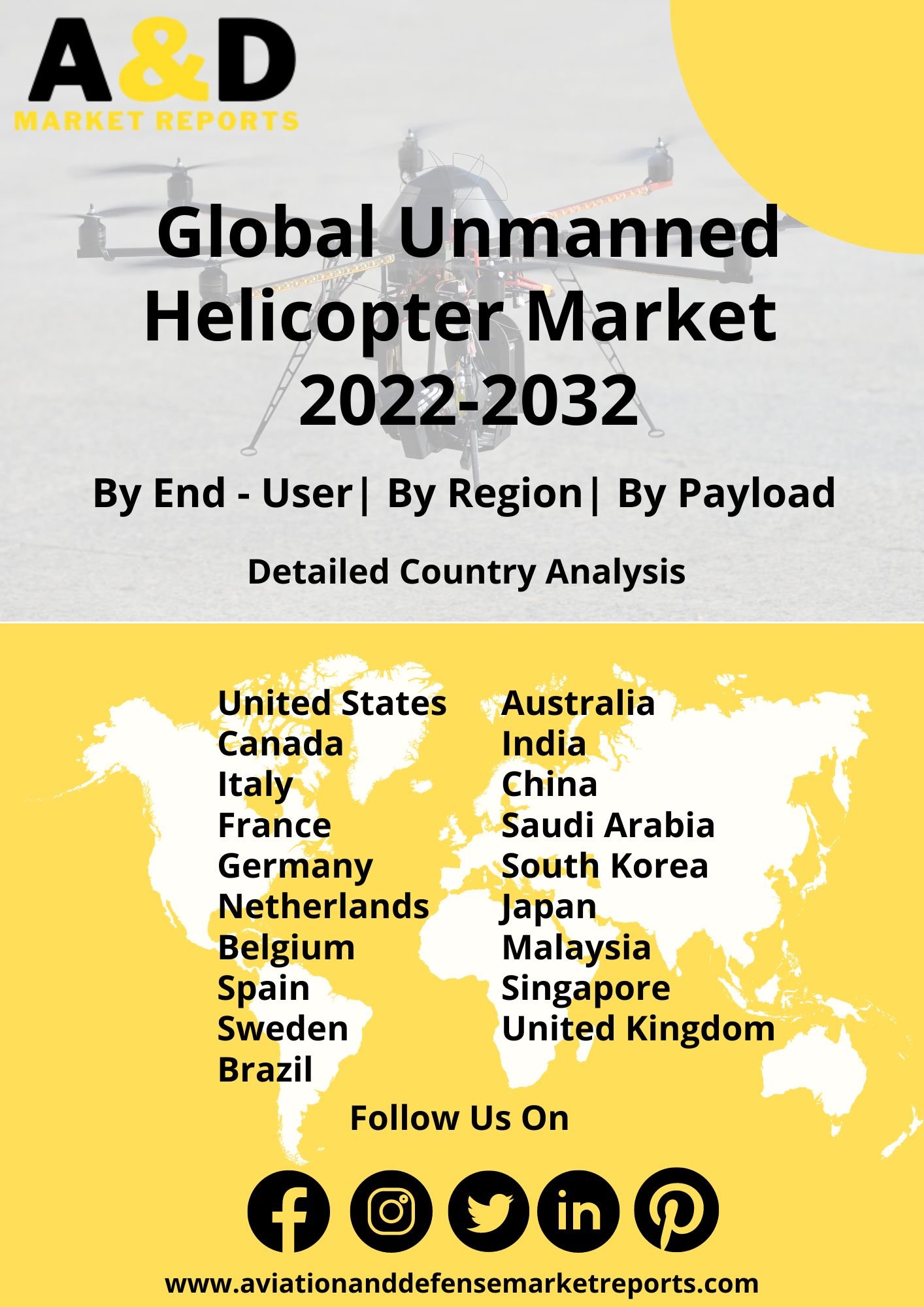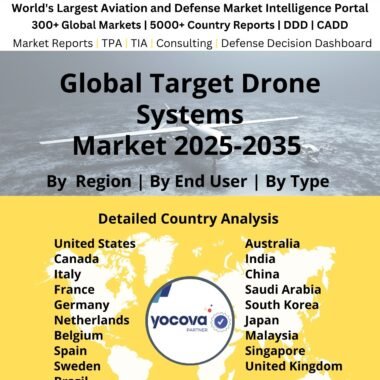Description
Unmanned Helicopter Market
Frequently Asked Questions of Unmanned Helicopter Market
A helicopter drone can now operate an upgraded sensor, increasing its capacity to detect and destroy mines. Unmanned helicopters can assist in quickly inspecting a potential landing zone and detecting mines and obstacles that would impede landing force mobility during an assault; previously, such reconnaissance was only possible by placing sailors on the beach in advance of a landing, exposing them to revealing an intended landing zone. Unmanned helicopters market can assist in quickly inspecting a potential landing zone and detecting mines and obstacles that would impede landing force mobility during an assault; previously, such reconnaissance was only possible by placing sailors on the beach in advance of a landing, exposing them to revealing an intended landing zone.
Unmanned helicopter market sioze controls are based on a PC in a robust shell, it offers a simple point-and-click interface with 2D and 3D maps. Operators can generate and modify autonomous mission flight plans in real-time, as well as control the aircraft and its payload via a joystick. A built-in map calibration capability converts aerial pictures into precise maps for mission planning and execution. Naval ships equipped with unmanned helicopters can improve combat operations near coasts. Unmanned helicopters market size equipped with mine- and submarine-hunting technology broaden the vessel’s mission area and provide necessary protection for offensive ship operations. The hybrid engine architecture allows operators to pick up the power from a generator while en route, and then switch to the quieter direct battery power during the mission, allowing for optimal covertness.
The electric engine has greatly lowered the weight of the air vehicle, allowing for increased, much-needed cargo capacity for a range of missions. Unmanned helicopters with dual-electric propulsion can be incredibly cost-effective, simple to operate, and simple to maintain. They have capabilities similar to those of the proven gasoline-powered unmanned rotor UAVs, such as vertical take-off, landing capability, and lengthy hover durations.
Major factors driving Unmanned Helicopter Market Growth
Unmanned aircraft development is a global trend. In recent years, the Armed Forces have prioritized the development of unmanned platforms. Navies intend to launch a large number of unmanned rotary planes from their ships to gather ISR data. This is one of the major market trends that is driving the Unmanned helicopter market growth.
Trends Influencing the Unmanned-Helicopter Market Size
The power source is an important component that must have a high energy density, low weight, and low noise, as well as support the UAV’s range and endurance. UAVs’ principal power sources are lithium batteries. Renewable energy is an important source for today’s UAV electric propulsion systems, such as lithium batteries combined with fuel cells and lithium batteries combined with photovoltaics.
The maximum magnetic energy product and maximum operating temperature of permanent magnet materials have increased with the introduction of rare-earth permanent, increasing the power density of permanent magnet synchronous motors. Advancements in power sources and electric motor technology will be some of the major Unmanned helicopter market trends that will influence the growth of the market.
Unmanned-Helicopter Market Forecast & Dynamics
Increasing defense spending will encourage the procurement of new unmanned helicopter platforms, technologies, and capabilities. The increase in defense spending will encourage research and development in enabling technologies such as 3D printing and defense AI. Procurement will also be driven by prevailing geo-political conditions in Europe and the Asia Pacific. The Unmanned helicopter market forecast includes a comprehensive market analysis and market size. The market analysis includes regional market size, drivers, restraints, and opportunities. The regional Unmanned helicopter market analysis also includes country-wise Unmanned helicopter market size.
Unmanned Helicopter Market Analysis for Recent Developments
The Turkish government would assist the country’s first unmanned helicopter project, the Alpin. The project has been placed on Ankara’s “regional priority investment list,” ensuring subsidies and incentives, according to the Ankara-based Corporation. Following field trials, the government has vowed to purchase the dual-use platform and may sell it to friendly countries once it is battle-proven. The aircraft weighs 340 kilograms (750 pounds) and measures 7 meters (23 feet) long, 1.5 meters (5 feet) broad, and 2.35 meters (7.70 feet) tall. Its rotor measures 6.28 meters (20.6 feet) in diameter and has a maximum payload capacity of 200 kilograms (441 pounds), including fuel. The Alpine is powered by a Rotax 914 UL engine that produces 115 horsepower.
Leonardo is awarded a contract to develop a VTOL UAV for the Royal Navy. The Royal Navy is getting closer to using crewless helicopters. Leonardo has been awarded a £60 million contract by the UK Ministry of Defense to design and construct a cutting-edge uncrewed helicopter. The three-tonne demonstration, which weighs less than a third of a Merlin helicopter, might provide a creative alternative to conventional aircraft for tracking opponent submarines. The aircraft will be tested for its ability to drop “sonobuoys,” which are small tube-shaped buoys that track and communicate submarine activity, allowing the aircraft to inform a crewed helicopter and request assistance if a submarine is found.
The global landscape of unmanned helicopters has witnessed significant advancements, revolutionizing various industries such as defense, agriculture, surveillance, and logistics. Unmanned Helicopters, or Unmanned Aerial Vehicles (UAVs) in helicopter form, offer versatile capabilities for tasks ranging from reconnaissance and aerial surveys to cargo transport. In defense applications, unmanned helicopters are utilized for surveillance, search and rescue, and tactical operations. They provide real-time situational awareness in challenging environments without risking human lives.
In agriculture, unmanned helicopters equipped with sensors and cameras contribute to precision farming practices, monitoring crop health, and optimizing agricultural operations. In surveillance and public safety, unmanned helicopters play a crucial role in monitoring large areas, assisting in disaster response, and enhancing law enforcement capabilities. Logistics companies deploy unmanned helicopters for cargo transport, particularly in hard-to-reach or remote areas. These vehicles contribute to the efficiency and speed of goods delivery. Technological innovations, including autonomous flight systems, advanced sensors, and improved battery technologies, drive the evolution of unmanned helicopters. Standardization efforts and regulatory frameworks aim to ensure safe and responsible operations across diverse applications. The ongoing development of unmanned helicopters in 2023 signifies their increasing integration into various industries, offering enhanced capabilities and operational efficiency.







